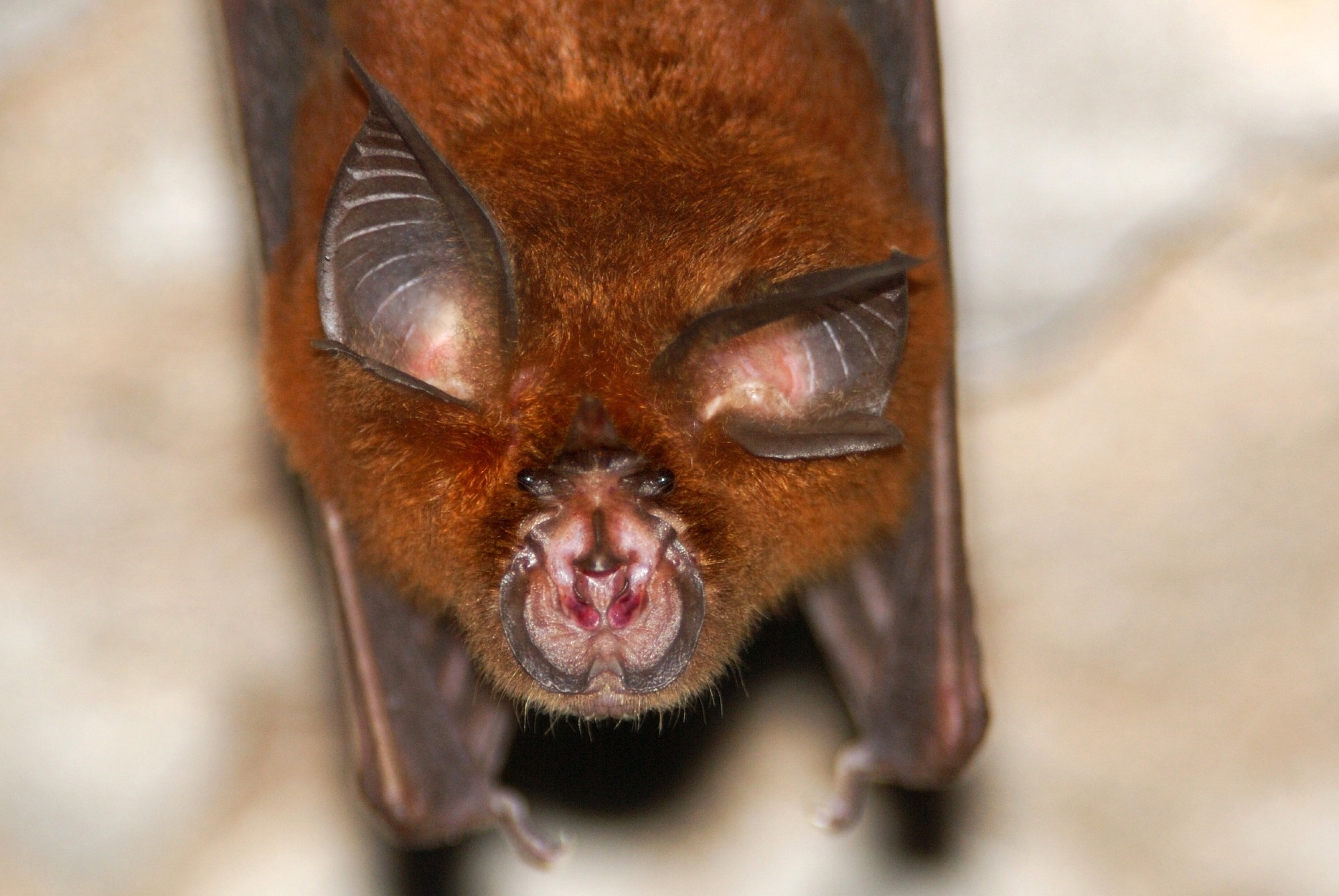Bats inhabit diverse ecological niches, accounting for one-fifth of all living mammalian species. They feed on fruits, nectar, arthropods, leaves, fish, small vertebrates, and blood. Its unique ability to fly, combined with the ability to navigate in darkness using laryngeal echolocation, makes bats fascinating mammals.
 Study: Bat pluripotent stem cells reveal unusual entanglement between host and viruses. Image Credit: Hugh Lansdown / Shutterstock
Study: Bat pluripotent stem cells reveal unusual entanglement between host and viruses. Image Credit: Hugh Lansdown / Shutterstock
Background
Many bat species, such as Rhinolophidae, Hipposideridae, and Pteropodidae, can tolerate and survive virus attacks. Many viruses that are tolerated by bats, such as severe acute respiratory syndrome coronavirus (SARS-CoV), severe acute respiratory syndrome coronavirus-2 (SARS-CoV-2), henipaviruses, middle-east respiratory syndrome coronavirus (MERS-CoV) and Marburg, have high mortality rates in humans.
Bats are asymptomatic and tolerant viral hosts primarily due to modulation of the innate immune response. Although bats have small genomic sizes, they contain a large diversity of ancient and contemporary viral insertions of retroviral and non-retroviral origin. This is the reason why bats demonstrate tolerant evolutionary history with their viral pathogens.
Since some of the incorporated retroviral sequences are full length and also of non-at origin, the bats' genomic sequence provides information about the bat virosphere and the risk of zoonotic spillover. In addition, analysis of a bat's genomic sequence provides mechanistic insights associated with viral resistance.
There have been few studies that explore the relationship between bats and viruses. Molecular and cellular analyses are necessary to understand the evolutionary adaptations in bats to tolerate harmful viral pathogens. Existing studies support the hypothesis that bats tolerate many viruses by acquiring specific adaptations in the innate immune system.
It is interesting to observe how genomic adaptations in the bat immune system resemble viruses' process of dismantling the host responses. Viruses can effectively change host cell processes to their advantage and transform host cells into virus-producing factories.
Pluripotent stem cells are the founding cells of the entire embryo. During epigenetic resetting, which occurs when a cell reprograms to pluripotency, it induces transcriptional reactivation of endogenous viruses. These cells help understand how viruses interact with host cell programs.
About the Study
Based on the fact that bats' genome harbors the evolutionary history of many intact and full-length viral elements, there is a possibility that these genomes could also contain the blueprints for viral replication. A recent Cell journal study tested the hypothesis that bats genetically induce the virus for immune evasion and provide fertile ground for replication. This hypothesis was empirically tested using pluripotent stem cells.
At present, there are no reliable cellular models to study bat biology or how they interact with viral infections. Therefore, the authors created induced pluripotent stem cells (iPSCs) from two species of bats, i.e., Rhinolophus ferrumequinum (the wild greater horseshoe bat) and Myotis myotis (the greater mouse-eared bat).
Similar characteristics and gene expression profiles were observed in both bat species in response to viral attacks. In addition, a large number of endogenous viral sequences, mainly retroviruses, were present. These findings indicate that bats have mechanistically evolved to withstand a large load of viral sequences. Furthermore, it is possible that bats have considerable amounts of intertwined relationships with viruses, much more than previously assumed.
As stated above, viruses can quickly adapt their replication cycles in accordance with a cell type. The current study suggested that in bats, the pluripotent state functions as an "umbrella" that can host a highly divergent viral contingent.
The bat stem cell culture model provides important insights into bats' tolerance for viral infection. This model also helps elucidate the role of bats as a viral reservoir and uncover the relationship between bats and viruses. In addition, it provides rationales for virus persistence, symbiotic protection against other pathogens, immune-modulatory strategies, mammalian adaptive piRNA or CRISPR-like systems, and the progression of evolutionary processes.
Conclusions
The current study revealed the presence of a potentially significant contingent of endogenous and exogenous viral products in bat pluripotent stem cells without significantly compromising their ability to proliferate and grow. This proof-of-concept study establishes that bat stem cells could be a tantalizing model system that could help understand how bats asymptomatically tolerate the diversity of viruses.
In the future, bat iPSCs and their differentiated progeny will enable us to gather more information related to bat biology and their relationship with viruses. This approach would also help understand the underlying molecular basis of bats' capacity to tolerate virus attacks.